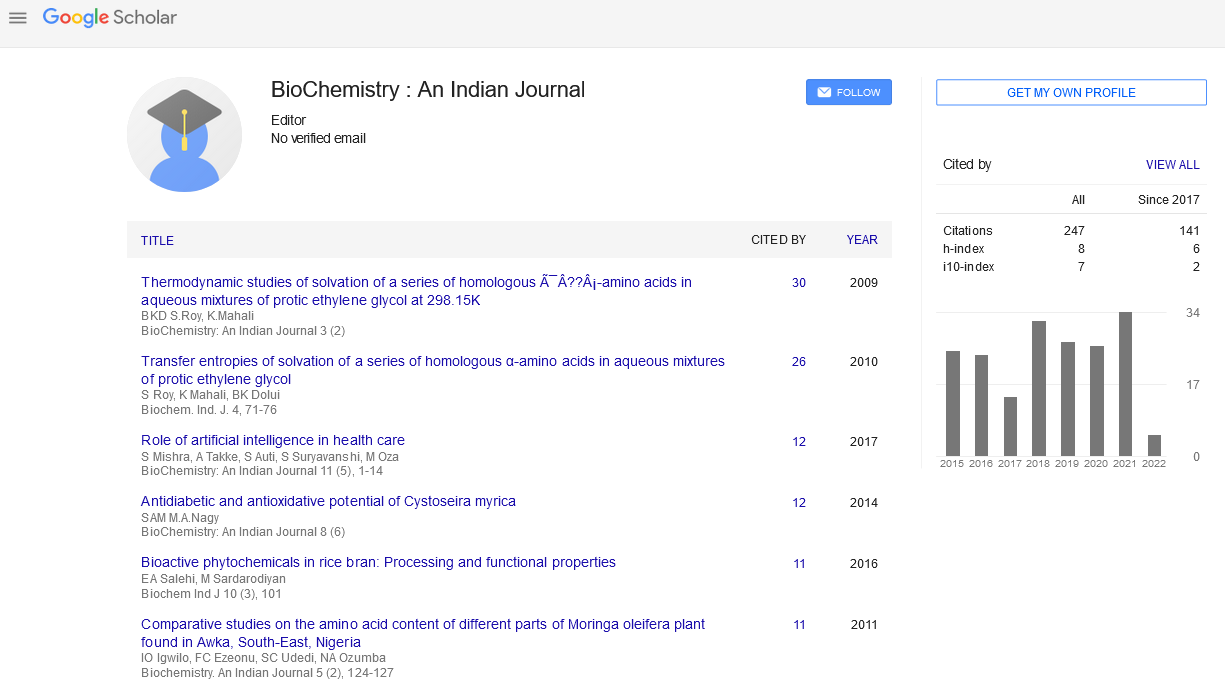Abstract
CdSe Quantum Dots Biosynthesis
Author(s): Jennifer FernandizNanomaterials have been widely used in cell imaging, diagnostics, biosensing, electro-optic devices, and other applications due to their unique features, particularly in medical imaging due to their (surface-modified nanomaterials) high biocompatibility to cells. As a result, the synthesis of well-dispersed and uniform-sized nanomaterials has sparked a lot of interest. Nanoparticles biosynthesized by organisms without the use of hazardous solvents, stringent conditions, or costly processes required by chemical approaches have become a hot topic. Bacteria, fungi, plants, human cells, and even earthworms have all been found to produce nanoparticles. Because of the simple culture methods, low equipment costs, and ease of obtaining gradients, the biosynthesis of nanoparticles using microorganisms is the most cost-effective and widely used method. Many studies have been conducted on the biosynthesis of nanomaterials, with a focus on their uses.

